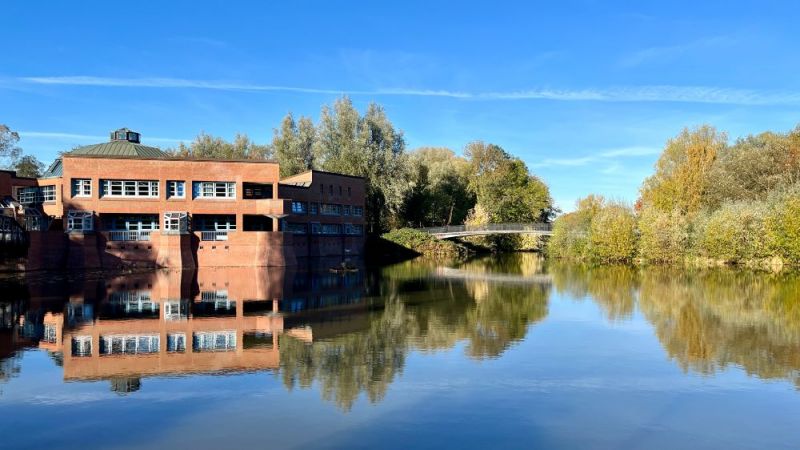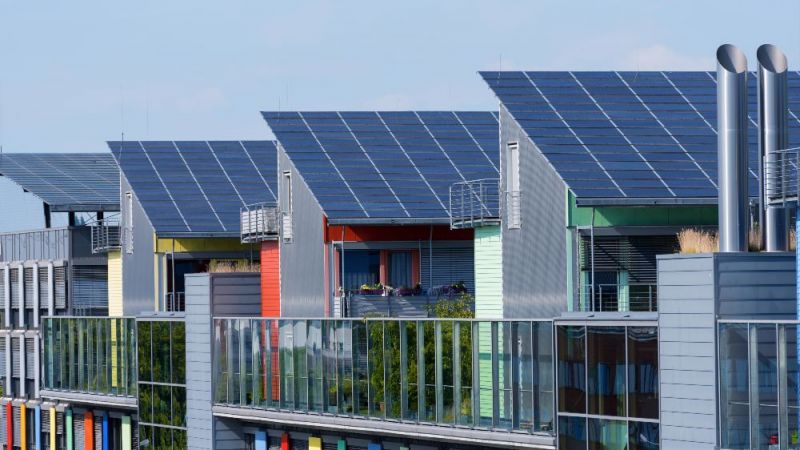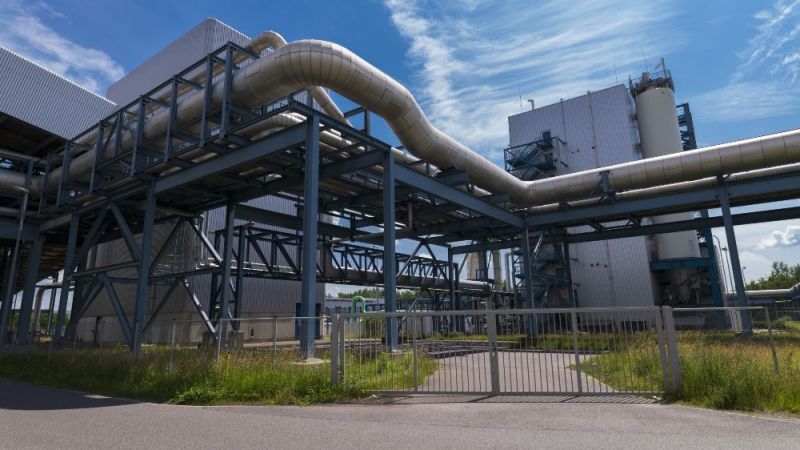
Refurbishment roadmap 2050
"Three percent project" makes municipal neighborhoods more energy efficient
Until now, only about one per cent of the existing building stock in Germany is refurbished every year. Therefore how can the annual refurbishment rate be significantly increased, for example to about three per cent? Together with municipalities, three partners are investigating the obstacles and developing adapted solutions. These include refurbishment plans for differently structured model areas, innovative funding and financing instruments as well as communication and mobilisation tools. The developed instruments and methods are intended to help local authorities tap previously unused redevelopment potential.
The German federal government wants to attain an almost climate-neutral building stock by 2050. To achieve this, it is intended to double the refurbishment rate from currently one per cent to two per cent annually. Since building-led approaches have previously not been sufficient for achieving the desired refurbishment activity, refurbishment roadmaps at the municipal district level are being developed by 2018 in the “Three per cent” project.
The Deutsche Verband für Wohnungswesen, Städtebau und Raumordnung (German Association for Housing, Town Planning and Spatial Planning) is working on the joint research project in conjunction with the Beratungs- und Service-Gesellschaft Umwelt mbH and the Stuttgart University of Applied Sciences. The municipalities of Ludwigsburg, Aachen and Mühltal are also involved. The project will provide findings for Annex 63 “Implementation of Energy Strategies in Communities”, which has been initiated by the International Energy Agency (IEA).
Research focus
Anyone who asks why energy-efficient refurbishment does not progress so quickly needs to first of all know who can influence it. One of the main research areas is therefore on the communication between all local actors who can contribute to delivering energy and climate protection targets in the building sector.
Municipalities play a key role in achieving the climate protection targets anchored in the energy concept. As an operational tool for mobilising owners, refurbishment roadmaps are aimed at enabling municipalities to methodologically pursue a property owner-led district approach in future and thus create synergies for energy-efficient refurbishment which were previously untapped.
In addition, many technically demanding projects in the energy-efficient refurbishment field have failed in the past due to a lack of approval and acceptance by homeowners. In order to increase the acceptance for energy-efficient refurbishments in the long term, it is first of all necessary to identify the parameters that can influence individual attitudes on this topic. These parameters make it possible to positively change not only people’s attitudes but also their behaviour in the context of energy-efficient refurbishment. Early and comprehensive communication makes it possible to influence the relevant parameters, such as how the costs, risks and advantages of energy-efficient refurbishment measures are perceived. Communication as a critical success factor therefore forms a thematic focus in the “Three per cent” project – in addition to aspects concerned with technical innovations and feasibility as well as the economic viability and financing.
District concept
In more than 40 interviews with local actors (public administrations, municipal utility companies, tenant and home owner associations, financial institutions, the public and private housing sector, energy agencies and networks, trade associations...), it became clear that the drivers and barriers to energy-efficient refurbishment vary according to the type of owner.
Based on these interviews, energy-efficient refurbishment roadmaps for municipal districts, adapted to the problems and owner groups, will be methodically and operationally developed by B.&S.U. mbH in the project to motivate different target groups and mobilise still unused energy efficiency potential. The specific aim is to create transferable action guidelines for cities and municipalities for successfully using the “energy-efficient refurbishment roadmaps” instrument. For this purpose, concrete efficiency targets and suggested measures for the building stock will be defined for the next 10 years, and further efficiency targets projected up to 2050. This is intended to facilitate the development of further refurbishment roadmaps for districts in order to promote the refurbishment of the municipal building stock in Germany.
06.12.2021





















